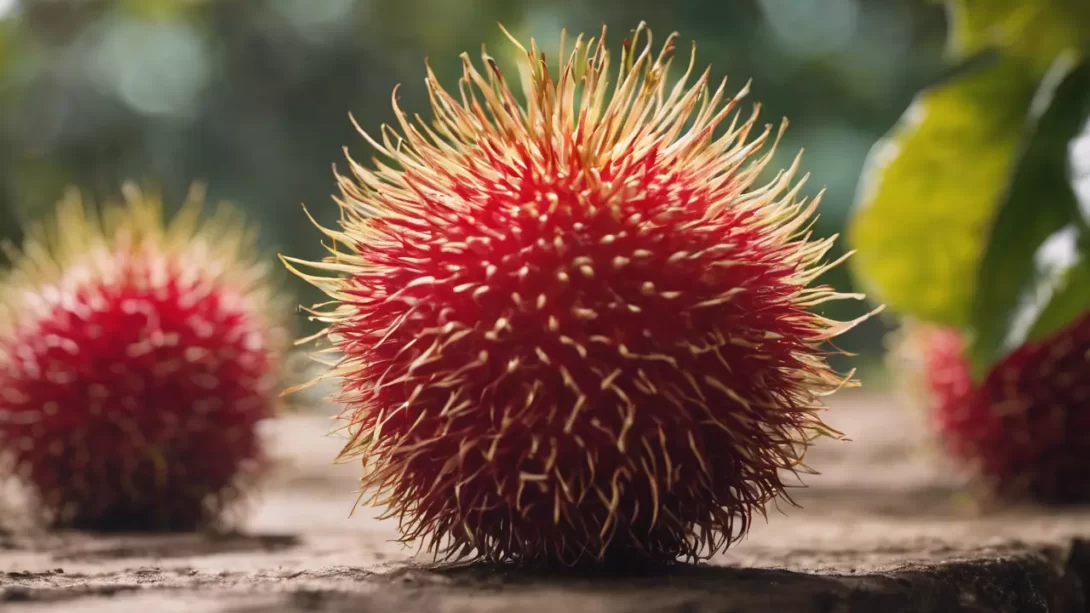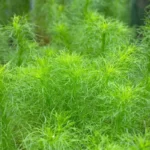Rambutan, a vibrant and exotic fruit native to Southeast Asia, is cherished for its unique appearance and sweet, juicy flavor. Due to its tropical origins, rambutan is sensitive to its storage environment, and proper storage is crucial to maintain its freshness and taste. This guide provides essential tips on how to store rambutan effectively.
Recognizing Fresh Rambutan
Selecting fresh rambutan is the first step to ensuring it lasts longer once you bring it home. Fresh rambutans have bright red or sometimes yellow skin covered with soft, hair-like spikes. The skin should be firm yet slightly pliable. Avoid rambutans with brown spots or dried, brittle spikes, as these are signs of aging. The fresher the rambutans are at the time of purchase, the longer they will last during storage.
Short-Term Storage Methods
For short-term storage, rambutan can be kept at room temperature for a few days. Place them in a cool, dry place away from direct sunlight, which can hasten ripening and spoilage. If you plan to consume them within a week, storing rambutan in the refrigerator is the best option. Place them in a perforated plastic bag or a container with a paper towel to absorb any excess moisture. This method can extend their freshness for up to two weeks.
Long-Term Storage Solutions
For longer storage, freezing is an effective option. To prepare rambutan for freezing, peel off the skin and remove the seed, leaving just the juicy flesh. Place the peeled fruit in airtight containers or sealable freezer bags. When stored in the freezer, rambutan can maintain its quality for several months. Remember to label the containers with the date of freezing for future reference.
Managing Rambutan Ripeness
Understanding and managing the ripeness of rambutan is key to enjoying them at their best. Rambutans do not ripen significantly after being harvested, so it’s important to choose fruits that are at the right stage of ripeness when purchasing. If your rambutans are a little underripe, leaving them at room temperature for a day or two can help them reach peak sweetness. Conversely, to slow down any further ripening, especially of already ripe fruits, store them in the refrigerator as soon as possible.
Checking for Spoilage
Knowing when rambutan has gone bad is important for your health and enjoyment of the fruit. Spoiled rambutans may exhibit a range of signs, including a mushy or overly soft texture, discoloration of the skin, and an off smell. The once vibrant and spiky exterior may appear dull and dry. If the flesh inside turns dark or has an unpleasant odor, it’s best to discard the fruit. Consuming spoiled rambutan can be unpleasant and potentially harmful.
Using Stored Rambutan
Stored rambutan, whether fresh or frozen, can be a delightful addition to a variety of dishes. Fresh rambutan is excellent in fruit salads, smoothies, or as a tropical garnish for drinks and desserts. Frozen rambutan works well in smoothies or can be thawed and used in fruit salads or desserts. Their unique flavor pairs well with other tropical fruits like pineapple and mango, and they can add an exotic touch to yogurt, ice cream, or sorbets.
Conclusion
Storing rambutan correctly is essential to prolonging its shelf life and enjoying its exotic flavor to the fullest. Remember, selecting fresh rambutan is crucial; look for bright, firm, and pliable skin with no signs of aging. For short-term storage, keep them at room temperature or refrigerated in a perforated bag. For long-term preservation, freezing the peeled fruit is the most effective method.
Be vigilant for signs of spoilage, such as a mushy texture or an off smell, and discard any fruits that show these symptoms. Take advantage of the versatility of stored rambutan by incorporating it into various dishes, from refreshing smoothies to decadent desserts.
By following these guidelines, you can ensure that your rambutans remain fresh and tasty, allowing you to savor this tropical delicacy whenever you desire. Don’t hesitate to experiment with rambutan in your cooking and explore the diverse flavors it can bring to your table. Enjoy the unique experience that comes with handling and tasting this exotic fruit!



